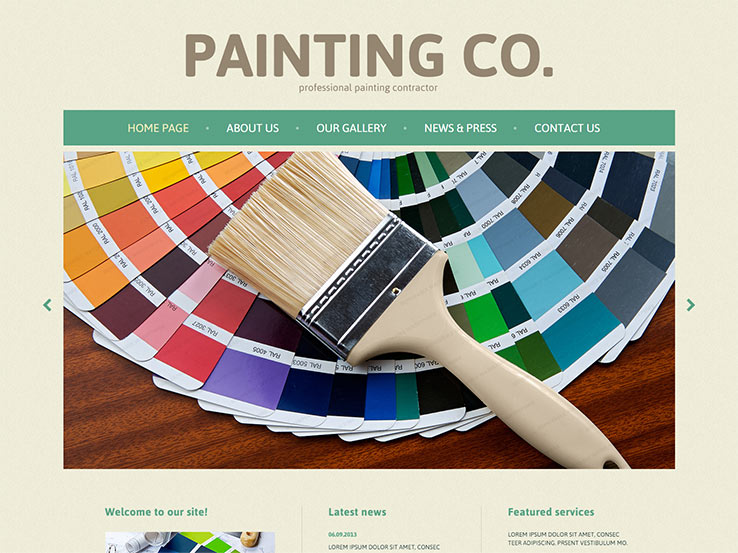Find Out About The Ways In Which Seasonal Factors Can Influence The Success Of Industrial Outside Paint And Figure Out The Very Best Times To Attain Enduring Results For Your Job
Find Out About The Ways In Which Seasonal Factors Can Influence The Success Of Industrial Outside Paint And Figure Out The Very Best Times To Attain Enduring Results For Your Job
Blog Article
Article By-Burnham Bagger
When you're planning a business outside painting project, seasonal variables can make or damage your outcomes. You'll wish to consider just how temperature level and humidity effect paint application and drying times. Selecting the ideal season can guarantee your paint adheres appropriately and lasts much longer. Yet which seasons are genuinely the very best for this sort of job? Let's check out the crucial elements that can impact your project's success.
The Effect of Temperature Level on Paint Application
When you're intending a commercial external painting project, the temperature level can substantially influence how well the paint adheres and dries.
Preferably, you wish to repaint when temperature levels vary between 50 ° F and 85 ° F. If it's as well cool, the paint may not treat correctly, causing issues like peeling off or cracking.
On the other side, if it's as well warm, the paint can dry out too promptly, avoiding correct attachment and causing an unequal finish.
You need to additionally think about the time of day; morning or late afternoon offers cooler temperatures, which can be more favorable.
Constantly examine the producer's recommendations for the specific paint you're utilizing, as they frequently supply advice on the suitable temperature array for ideal results.
Humidity and Its Impact on Drying Times
Temperature level isn't the only environmental aspect that influences your industrial external painting task; moisture plays a substantial role also. High moisture levels can decrease drying times dramatically, influencing the overall top quality of your paint task.
When the air is saturated with wetness, the paint takes longer to cure, which can bring about concerns like inadequate adhesion and a higher danger of mildew growth. If w painting on a specifically moist day, be prepared for extensive wait times in between coats.
It's important to keep track of neighborhood weather and plan accordingly. Preferably, go for moisture degrees in between 40% and 70% for ideal drying out.
Maintaining these factors in mind ensures your job remains on track and delivers a lasting finish.
Best Seasons for Commercial Outside Paint Projects
What's the very best time of year for your commercial external painting jobs?
Spring and very early fall are commonly your best choices. Throughout these periods, temperature levels are mild, and moisture levels are frequently reduced, producing ideal problems for paint application and drying out.
Prevent summertime's intense heat, which can trigger paint to dry also quickly, bring about poor attachment and finish. In a similar way, wintertime's cool temperatures can impede proper drying out and healing, taking the chance of the durability of your paint work.
Go for days with temperatures between 50 ° F and 85 ° F for optimal outcomes. Keep in mind to examine the regional weather prediction for rain, as wet conditions can destroy your task.
Planning around these factors ensures your painting task runs smoothly and lasts longer.
Final thought
Finally, planning your industrial outside painting projects around seasonal considerations can make a significant distinction in the end result. By organizing work throughout the excellent temperatures and humidity levels, you'll guarantee better attachment and drying times. just click the following internet site in mind to watch on regional weather prediction and select the correct time of year-- spring and early loss are your best options. Taking these steps will help you accomplish a sturdy and specialist coating that lasts.
